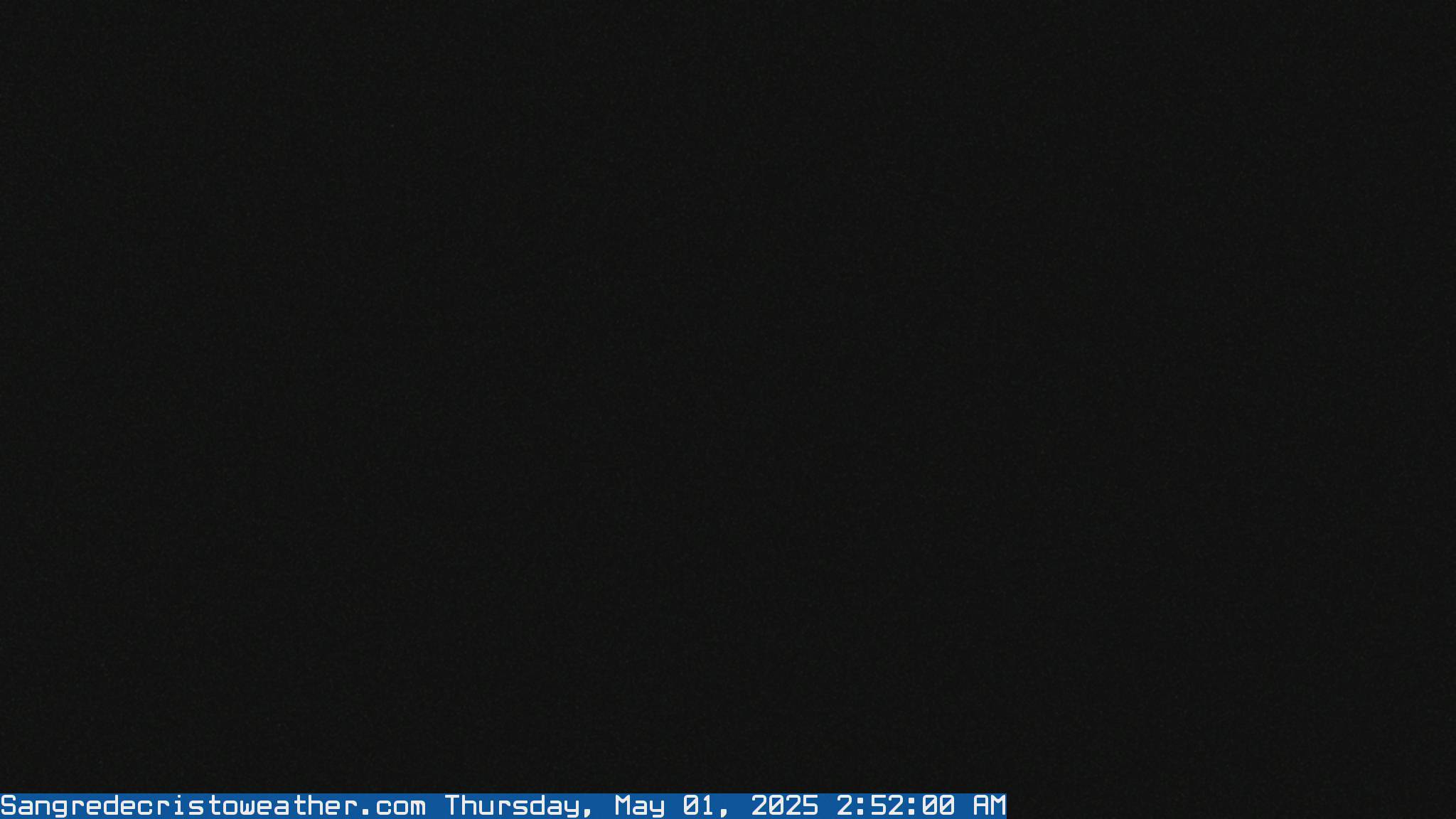Westcliffe, Colorado Weather Cams (Sangredecristoweather.com)

Silver West Airport via FAA (Westcliffe)
Westcliffe, Colorado: From Ute Homeland to Dark Sky Sanctuary — A History of the Wet Mountain Valley’s Enduring Heart
Westcliffe, Colorado Weather Cams. Tucked between the towering Sangre de Cristo Mountains and the forested Wet Mountains, Westcliffe, Colorado, is a small town with a big story. From its Indigenous roots and mining booms to its ranching legacy and modern-day status as a dark sky community, Westcliffe and the surrounding Wet Mountain Valley have long been a place of resilience, reinvention, and reverence for the land.
Ute Homelands and Early Exploration
The Wet Mountain Valley was originally inhabited by the Ute people, who used the region as a seasonal hunting ground as early as the 1500s. The valley’s mild summers, abundant game, and flowing creeks made it an ideal location for nomadic life. Spanish explorers arrived in the 1700s, followed by French and American fur trappers in the early 1800s, who left behind trails and trading posts that hinted at the region’s future as a crossroads of cultures.
Colonists, Cattle, and the Rise of Ranching
In 1870, a group of German immigrants from Chicago founded the Colfax Colony about 12 miles southwest of present-day Westcliffe. These settlers, many of whom had no prior farming experience, attempted to transition from factory life to agriculture. The colony ultimately failed due to financial mismanagement and harsh conditions, but several families remained, laying the foundation for future settlement.
That same year, Edwin Beckwith brought the first herd of cattle into the valley. Along with his brother Elton, the Beckwiths established one of Colorado’s largest and most influential cattle operations. By 1880, more than 13,000 head of cattle roamed the valley, and ranching became the dominant economic force—a legacy that continues today with several centennial ranches still in operation.
Mining Fever and the Founding of Westcliffe
The discovery of silver and copper in the 1870s brought a wave of prospectors to the region. Boomtowns like Rosita (founded in 1872), Querida (1877), and Silver Cliff (1878) sprang up almost overnight. Silver Cliff, just east of Westcliffe, briefly became Colorado’s third-largest city, with a population of over 5,000 and its own opera house.
Westcliffe itself was founded in 1881 when the Denver & Rio Grande Western Railroad extended a spur line into the valley to serve the mining camps. Platted in 1880, Westcliffe quickly eclipsed its neighbors due to its rail access, becoming the valley’s commercial and transportation hub. It was officially incorporated in 1887 and later named the county seat of Custer County.
Railroads, Floods, and Resilience
he railroad was both a blessing and a challenge. Chronic flooding along Grape Creek repeatedly washed out the tracks, leading to the line’s closure in 1889. It reopened in 1901 with a new route via Texas Creek, but the railroad ultimately ceased operations in 1937. By then, Westcliffe had transitioned from a mining supply town to a stable ranching community.
A Quiet Town with a Strong Identity
Throughout the 20th century, Westcliffe remained a small, close-knit town. Its population hovered in the low hundreds, and its economy centered on cattle, hay, and tourism. The town’s historic downtown, with its red-brick buildings and restored D&RGW depot, reflects its 19th-century roots.
Westcliffe’s twin town, Silver Cliff, lies immediately to the east. Though once a booming mining city, Silver Cliff declined rapidly after the mines played out. Today, the two towns function as a single community, sharing schools, services, and a deep appreciation for their shared history.
A Window to the Stars: Dark Sky Designation
In 2015, Westcliffe and Silver Cliff were jointly designated as International Dark Sky Communities by the International Dark-Sky Association—the first in Colorado and among the first in the world. This recognition reflects the towns’ commitment to preserving the night sky by minimizing light pollution.
The Smokey Jack Observatory, located in Westcliffe, offers public stargazing events and houses a 14-inch Schmidt-Cassegrain telescope. The observatory and dark sky designation have made the town a destination for amateur astronomers and night-sky enthusiasts from around the world.
Arts, Culture, and Community
Despite its small size, Westcliffe boasts a vibrant cultural scene. The Westcliffe Center for the Performing Arts, housed in the historic Jones Theater, offers plays, concerts, and film screenings. The town also hosts the annual High Mountain Hay Fever Bluegrass Festival and the Sangre de Cristo Balloon Rally, drawing visitors from across the region.
The town’s creative spirit is also reflected in its galleries, artisan shops, and the presence of artists and writers who have made the valley their home.
The Surrounding Landscape: A Natural Treasure
Westcliffe sits at 7,888 feet in elevation, nestled in the Wet Mountain Valley between two dramatic mountain ranges. To the west, the Sangre de Cristo Mountains rise sharply, offering access to hiking, climbing, and wilderness exploration. To the east, the Wet Mountains provide forested trails and scenic drives.
Nearby attractions include:
- The Rainbow Trail, a 100-mile hiking and biking route along the Sangres
- San Isabel National Forest, with camping, fishing, and wildlife viewing
- The historic Silver Cliff Cemetery, known for mysterious glowing lights
- The Beckwith Ranch, a restored Victorian-era cattle estate open for tours
Conclusion: A Valley of Heritage and Horizon
Westcliffe, Colorado, is a town where history and horizon meet. From its Indigenous beginnings and mining booms to its ranching legacy and celestial aspirations, it has always been a place shaped by the land and the people who call it home.
Today, Westcliffe offers a rare blend of heritage, natural beauty, and community spirit. Whether you’re gazing at the stars, hiking beneath the Sangres, or walking the quiet streets of downtown, you’re part of a story that stretches across centuries—and continues to unfold under some of the darkest skies in America.
For more information, visit the Westcliffe, Colorado official website.
